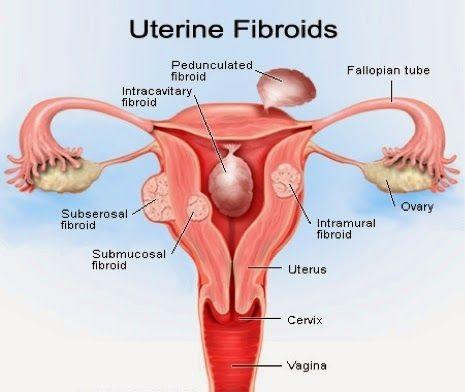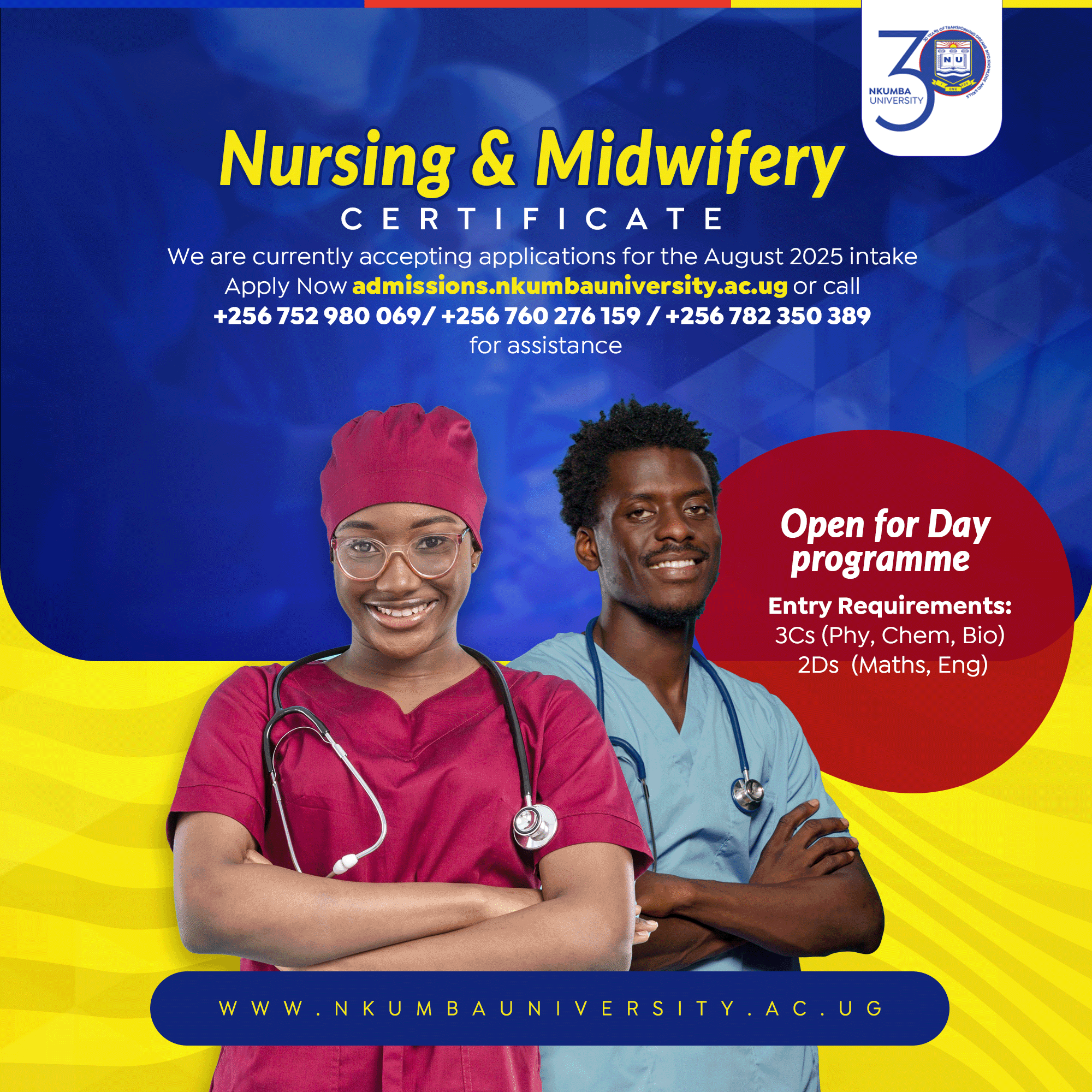NAKAKAAWA FAITH PRISCILLA
In the heart of Kampala, Uganda’s capital city, lies Kisenyi, one of the city’s most notorious slums. Here, amidst narrow alleys and makeshift homes, lives Hope Assimwe, a single mother of three, who rises before dawn every day to prepare “mandazi” local bread, which she sells at a nearby market.
“My earnings are meager, but I’m grateful that my children can attend the local community school,” Hope said, her voice filled with determination. “It’s not easy, but I’m doing what I can to give them a better future.”
Despite the challenges that come with living in a slum, including limited access to clean water and sanitation, the community in Kisenyi thrives on mutual support. Neighbors share resources, and local youth groups organize clean-up drives and educational workshops.
“We look out for each other here,” said one resident. “We share what little we have, and we work together to make our community a better place.”
Organizations like Kids Club Kampala are also playing a crucial role in empowering residents, especially children, to envision a brighter future. Through their programs, children are given the opportunity to learn new skills, access education, and develop a sense of self-worth.
“Kids Club Kampala provides a safe space for children to learn and grow,” said Joseph Mayanja, a program beneficiary. “It’s given me hope for a better future, and I’m grateful for that.”
However, Kampala’s slums, like many urban informal settlements worldwide, face numerous challenges, including inadequate infrastructure, limited access to essential services, and vulnerability to health issues.
“Slums are often overlooked, but they are hubs of innovation, culture, and community-driven solutions,” said Mawejje Erias, Chair defence. “We need to recognize the potential of these communities and work with them to develop sustainable solutions that improve their living conditions.”
Efforts by local organizations and international partners are underway to focus on sustainable development, aiming to improve living conditions while preserving the community’s spirit.
“We’re working with the community to develop initiatives that address their specific needs,” said a Pascal Lutaaya, project coordinator at Mengo Youth Development Center. “It’s a challenging but rewarding process, and we’re seeing positive changes already.”
As the sun sets over Kisenyi, the residents are hopeful for a better future. Despite the struggles, they remain resilient, determined to build a better life for themselves and their children.
“We may not have much, but we have each other,” said Hope. “And that’s what keeps us going.”
Kampala has the fourth highest growth rate out of all African cities, with Uganda having one of the world’s highest population growth rates, and half of its population under 15 years old. Slums make up at least a quarter of the total city area, housing roughly 60% of the total city population.
By the end of the current decade, urban population in Africa is expected to increase by 50%. Informal work accounts for 72% of all employment in sub-Saharan Africa.The most important drivers of vulnerability in Kampala’s 57 slum communities are water and sanitation issues.



















Discussion about this post